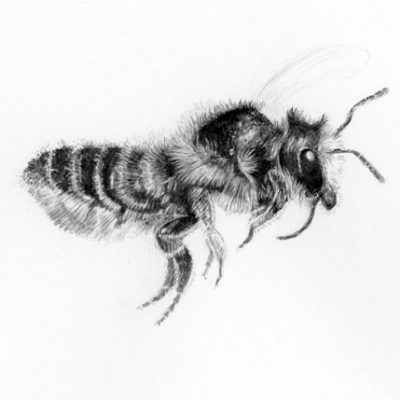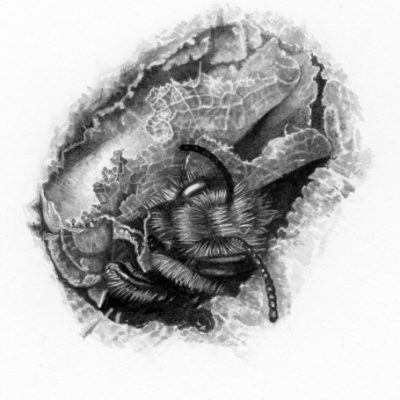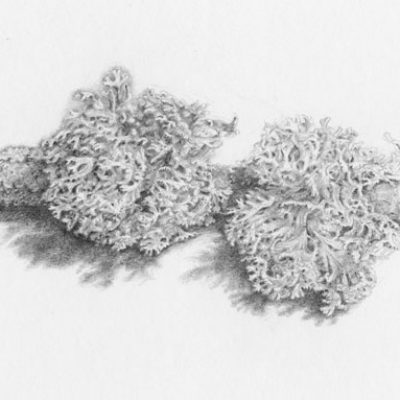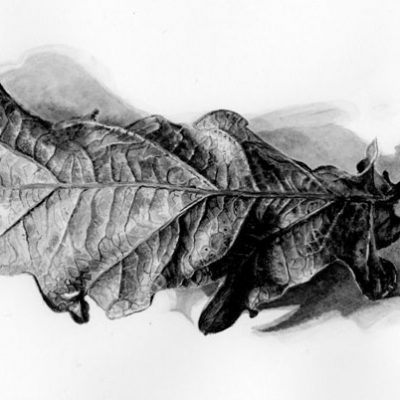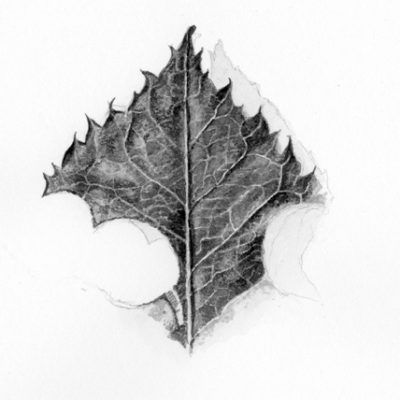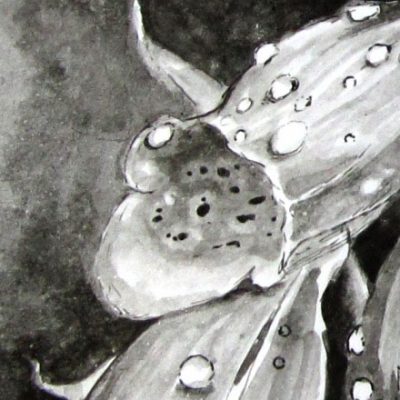Leafcutter bee in flight
"Leafcutter Bee in Flight”, 2012Ink and brush on Fabriano paper, approx. 4.5″ x 7″ A solitary Leafcutter bee returned to lay in the bee houses this year. Due to the rain and cold weather she has completed less than one tube of cells this summer, on which the hope of leafcutters next year now rests. I will over-winter them in the tool shed to ensure cool, dry conditions, and hope for better weather at hatching time next spring. On the positive side, this bee has been feeding in the garden, and I have taken many photos of her on the poppies…
